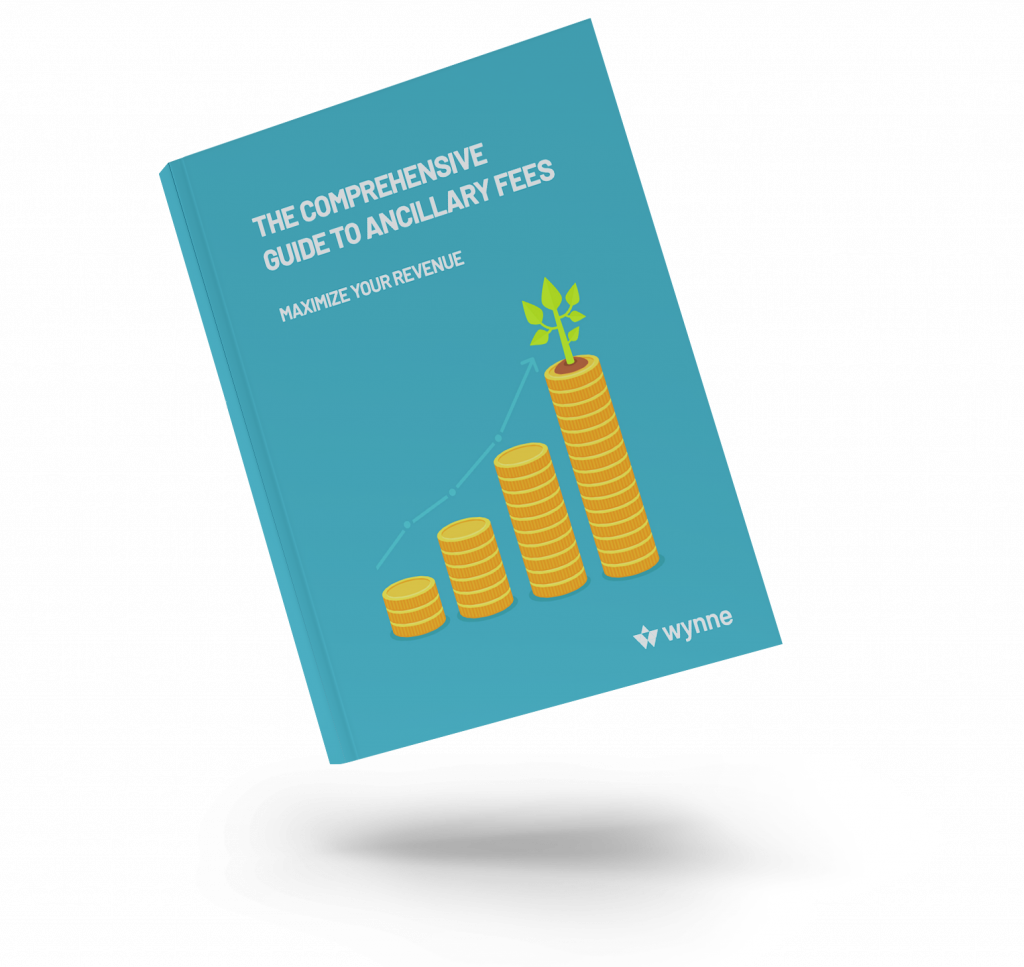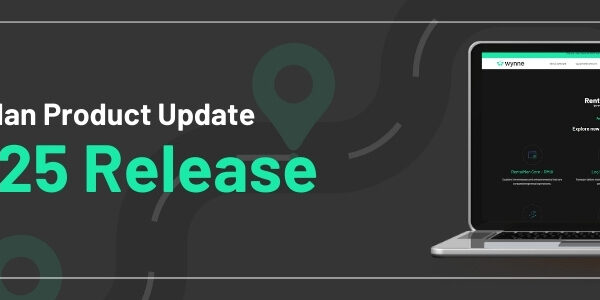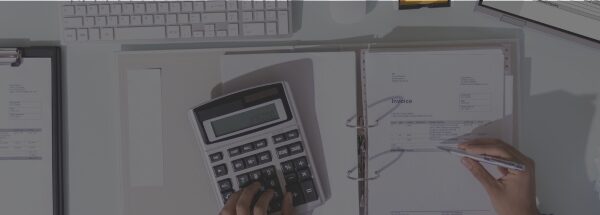
An Overview of Equipment Rental Ancillary Fees
The price of airfare increased a mere 0.6% between 2013 and 2014, yet incremental fees have rocketed. Everything from an extra piece of luggage, early boarding, or even a blanket is now an added charge for travelers.
These additional fees, known as “ancillary fees”, have become one of the biggest factors in boosting revenue for the airline industry. Airlines have used ancillary fees so successfully that in 2014, the US Bureau of Transportation Statistics reported that airlines received $38 billion (€33.9 billion) in additional revenue on ancillary fees alone.
United Airlines increased its ancillary fees by 850% compared to six years earlier and reported that almost 15% of its 2014 revenue was generated from ancillary fees.
Rental equipment companies can use the same tactics to increase their revenue streams. Industry research suggests that equipment rental companies get 15% of their revenue from ancillary charges.
While you can’t necessarily charge for extra legroom or blankets, there are natural fees that can be added to the customer’s bill. We are not suggesting adding unnecessary, “phony” charges. Instead, we are proposing reasonable ancillary fees that recoup the real costs of the business.
Charging ancillary rates on top of the rental rate allows rental companies to remain competitive in the marketplace. Customers often compare shop list rates and do not figure in ancillary charges.
So be careful if you think by just increasing your advertised list rates to cover costs you will remain competitive. One of the primary ancillary fees most rental companies charge is the loss damage waiver (LDW) fee. There are several specific restrictions that need to be spelled out, but for the most part, the intent is to cover damage or loss that is not a result of the renter’s misuse or abuse.
This usually includes vandalism, theft, fire, and equipment failure. The LDW fee is pretty straightforward and the rental company and renter both benefit from clear parameters on coverage.
There is little arguing about who did the damage if you have a clear document attached to the contract that spells out what is covered and what is not. The fee is often waived if the renter has insurance to cover the equipment while it is out on rent.
Customers can expect to pay up to 14% of the daily, weekly, or monthly rental rate for this peace of mind. Any fees collected by these charges can be used to pay for the damages or losses that occurred, or if none occurred then those fees are added to a general revenue stream. Keep in mind that LDW is not insurance, it is an agreement between the rental companies and renter that limits financial responsibility at times of loss or damage.
Interested in learning more about ancillary fees for the equipment rental industry. We made a full guide!
What ancillary fees can you charge for?
But what other additional fees should you be charging? Plenty! We have identified 10 areas that rental companies can look to add to their revenue stream. I will highlight some areas below, but to get more in-depth details, I invite you to download our free e-book.
Sustainability is a critical issue internationally and one that comes with a cost. Disposing of hazardous materials such as lubricants, fuel, solvents and batteries is an expense to your business.
These materials are harmful to the environment and need special handling to dispose of them properly. There are real costs associated with recycling, landfill, transportation, and labour that could be defrayed by adding on an environmental charge that is either flat-rated or a percent of the rental price. Check your government regulations to make sure you understand any restrictions.
Transport costs associated with delivering or collecting equipment are high for most rental companies. These costs inclupurchasing and maintaining of your delivery vehicles and trailers, fuel, licensing, and the driver’s hourly costs and benefits. These costs add up and applying a flat fee for all deliveries might be short-changing your business. Successful companies factor in the type of delivery vehicle, distance, and time when calculating a rate.
And don’t forget to charge more for those after-hours rush jobs that require more coordination and the costs associated with driver overtime. In addition to delivery and collection, fuel is another area to consider when setting up your ancillary charges.
The cost of the actual fuel is one aspect, but getting the fuel to the equipment is another, whether you have your own tanks or need to drive to fill it up. It is important to charge for the petrol used and a refueling charge for your larger equipment as well as your smaller items, like small generators or rototillers.
High-volume facilities should consider charging for smaller increments of petrol because refueling between every rental is challenging. Excess time utilization of equipment is another area to think about adding to your rental price.
There is more wear and cost associated with using equipment for 24 hours than there is using it for eight. If your clients are paying for eight hours and using the equipment for more, you are leaving revenue on the table while incurring higher costs of ownership.
Companies can either charge double or triple times if the meter shows more use than your defined hours. Or instead of charging for a full extra shift, you could calculate a premium to add to the second or third shift to cover the added use.
Even if your equipment is not tracked with an hour meter, you can still charge for the use of consumable items like blades and brushes. Measurements taken before and after rental can measure the millimeter used of blades, teeth, or brooms and an appropriate charge rendered.
For items such as tires, you can measure tread depth to determine how much they are used. Replacement costs should be considered when determining the right price to charge for usage.
Another area explore to increase ancillary sales is to make sure you are upselling additional rental and sale items with each rental. If a customer comes in to rent a sander, your crew could suggest that they also buy sandpaper.
Similarly, if a painter comes in for a paint sprayer, offer to sell them other painting supplies like strainers and breathing masks, or tape and brushes. Set up the shop so the counter person has a clear list of suggested items for different jobs and equipment that is displayed when creating the rental contract. Then stock the items in an attractive merchandising manner.
I have covered just a few of the areas that you might consider when trying to increase your ancillary charges revenue.
Renters are looking for equipment from rental companies that have quality, well-maintained equipment, and ancillary fees are one way to collect money that can go back into maintaining your fleet. Just make sure you check with your lawyers and abide by any local or country restrictions before adding any charges.
AUTHOR BIOGRAPHY
John Bureau is the general manager of Wynne Systems, the developer of RentalMan enterprise resource planning (ERP) software. He has spent the past 30 years in the information technology industry as it applies to the equipment rental sector. Before joining Wynne 10 years ago, he held various IT-related positions for US Rentals and United Rentals.
The Comprehensive Guide to Ancillary Fees
Ancillary fees are a great source of extra revenue if done correctly. To read more on the topic, check out this guide we put together:





